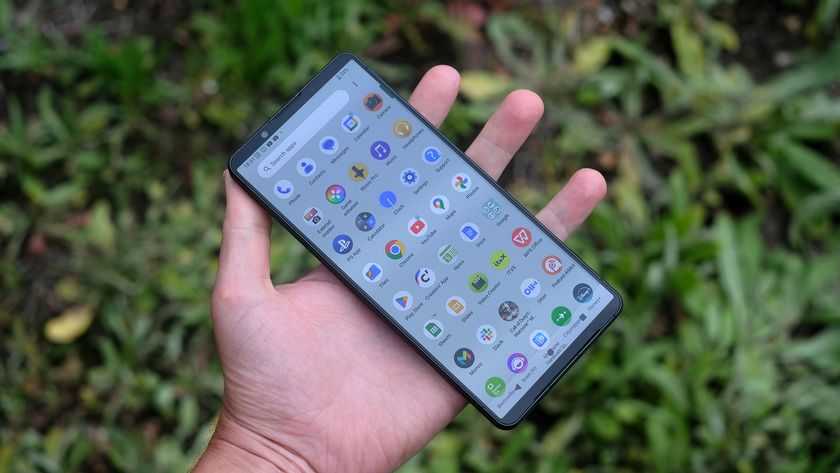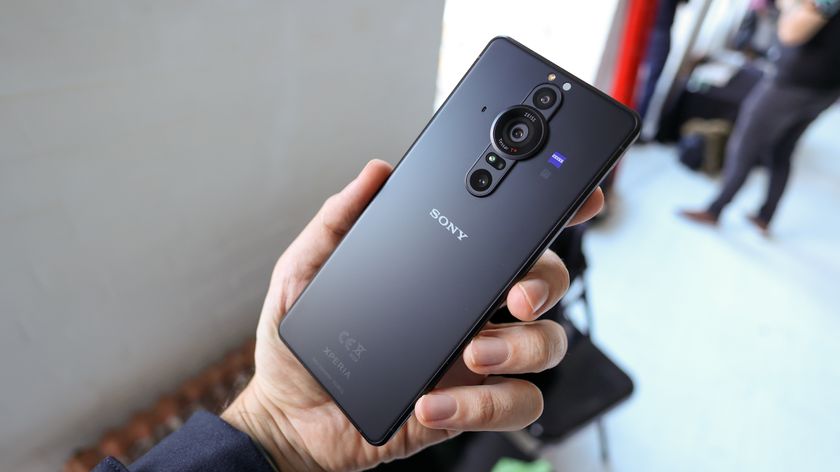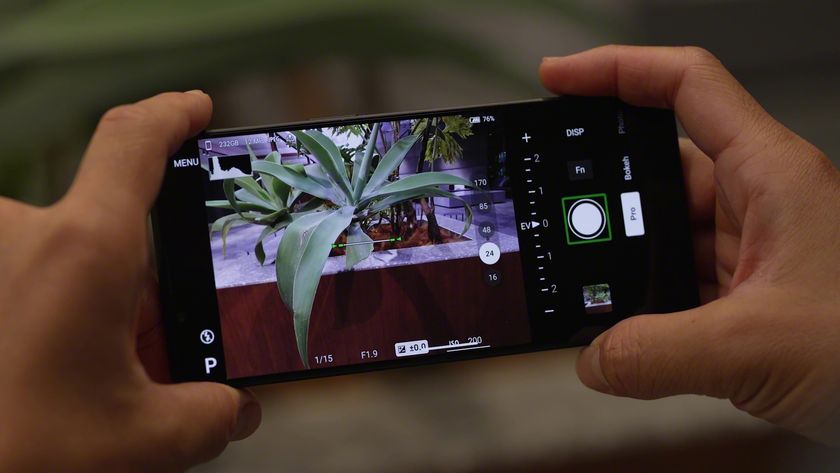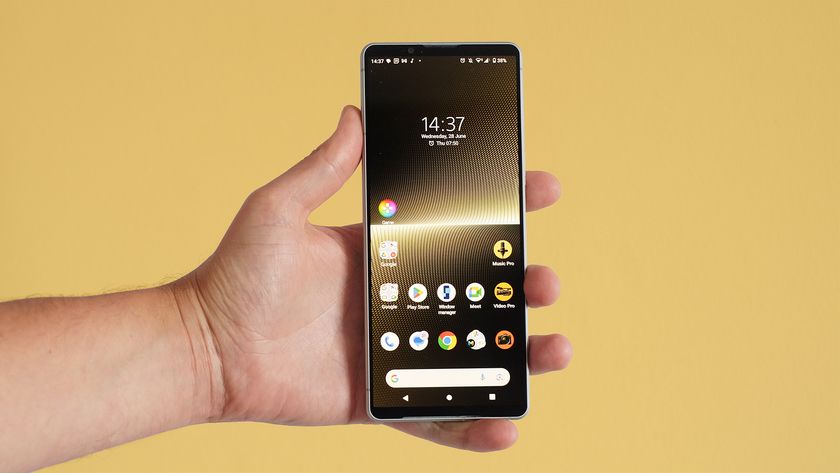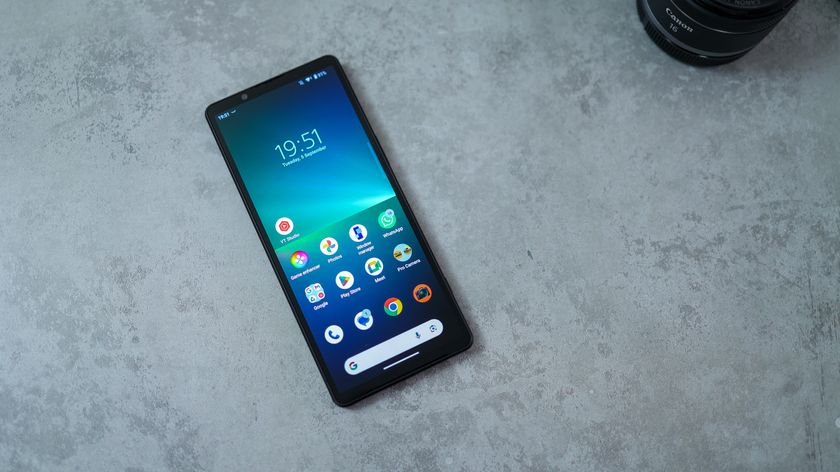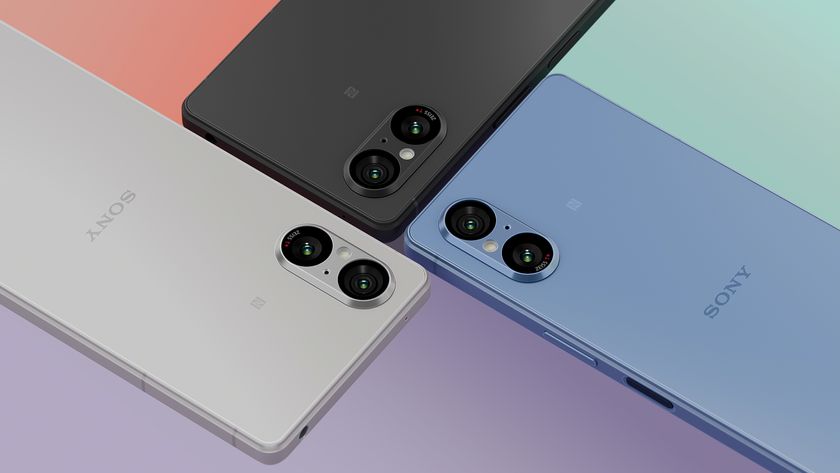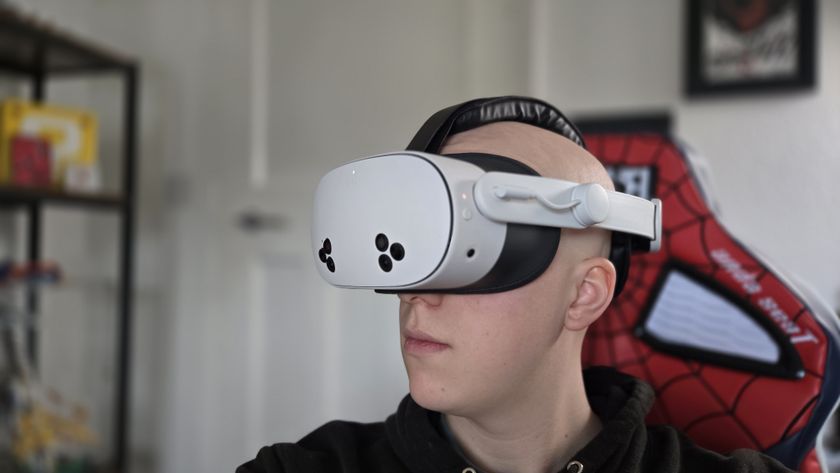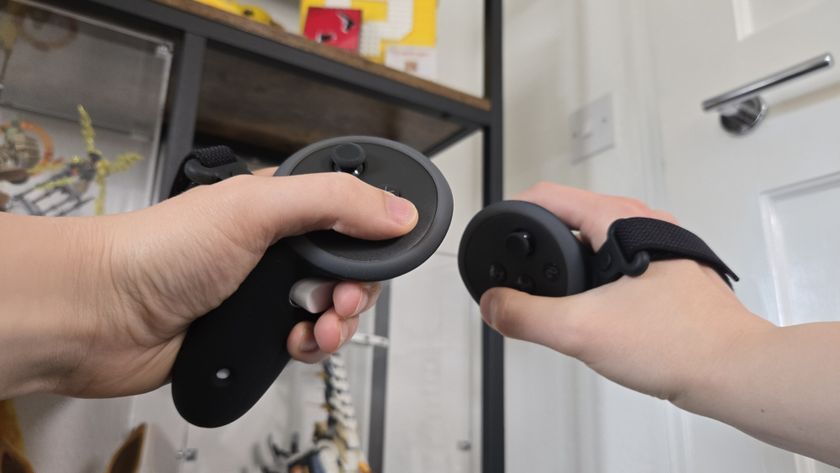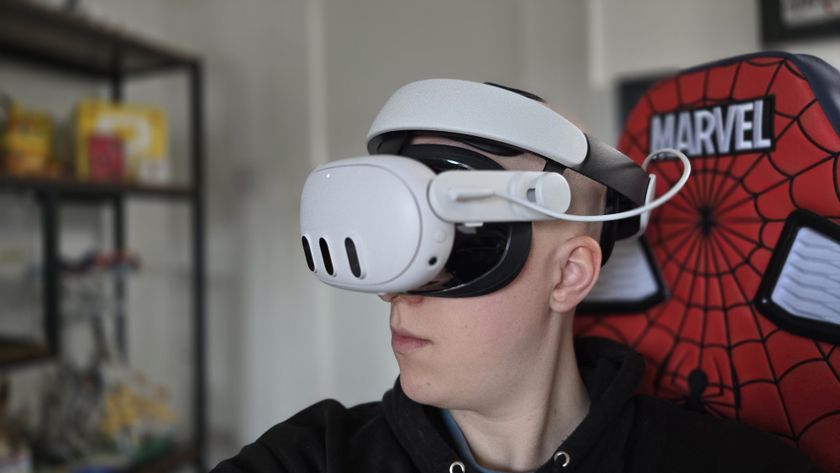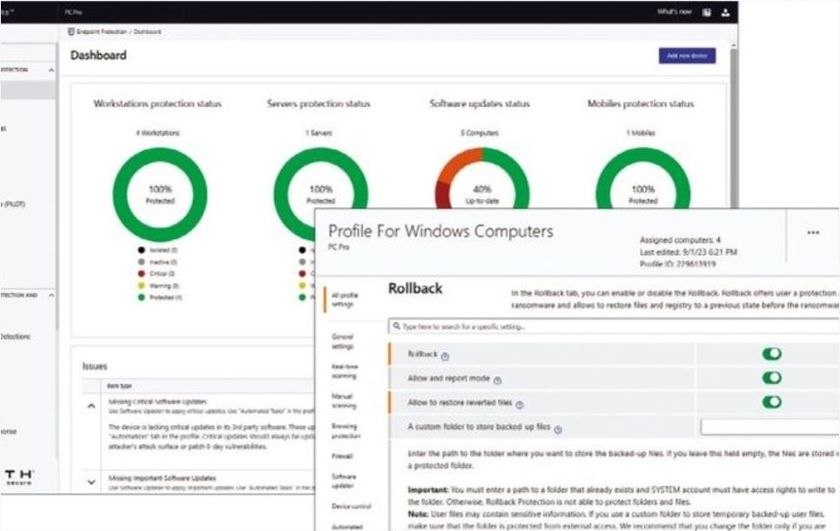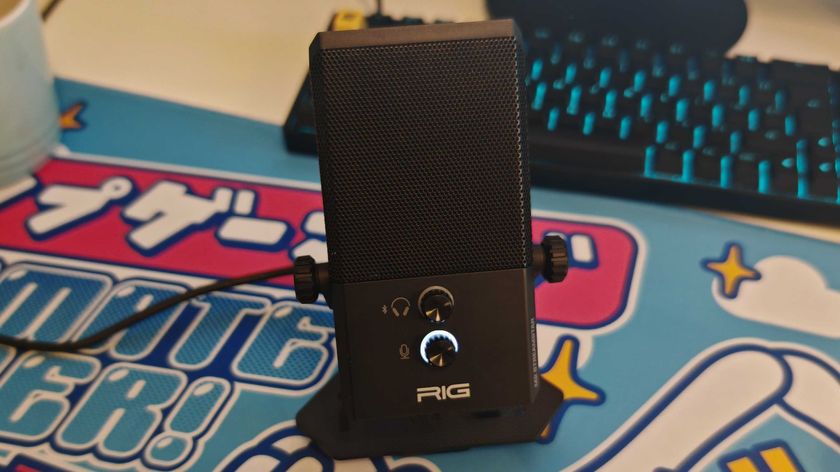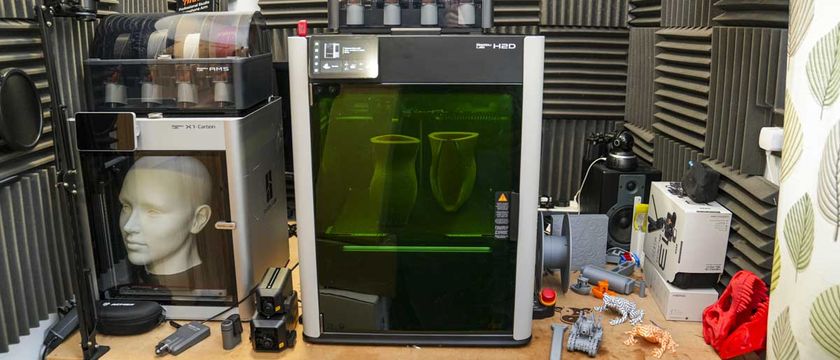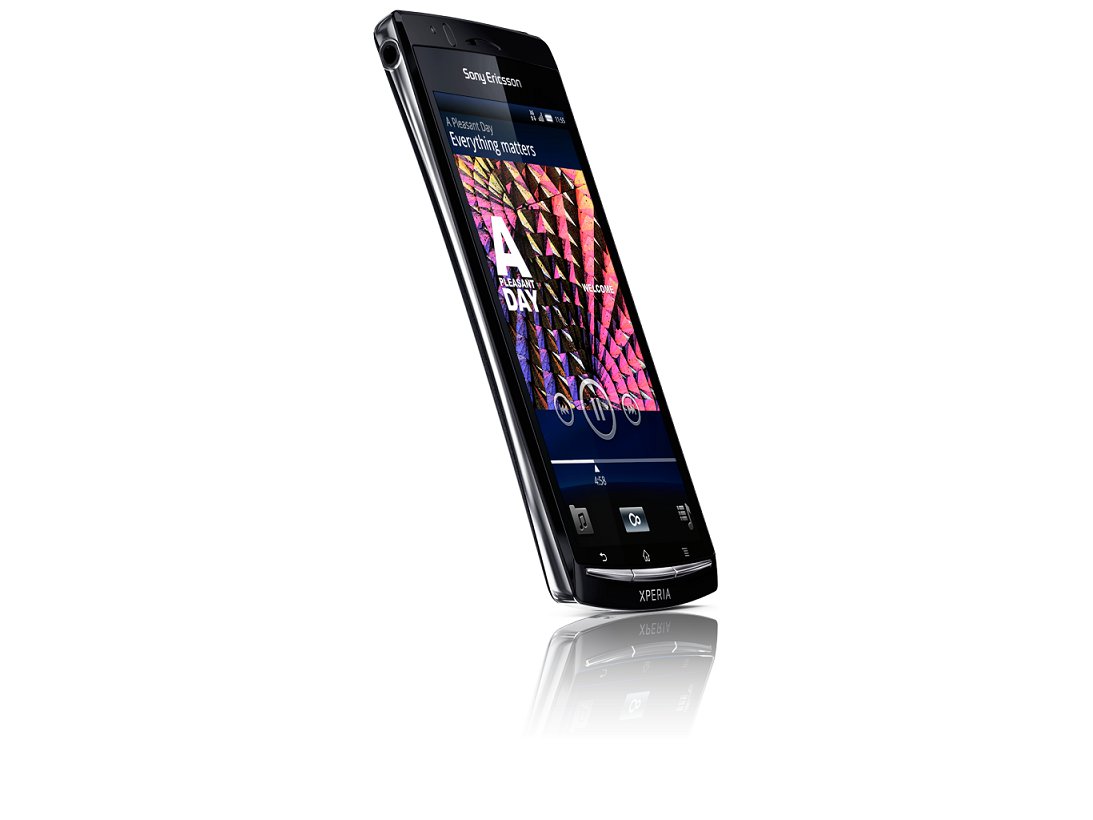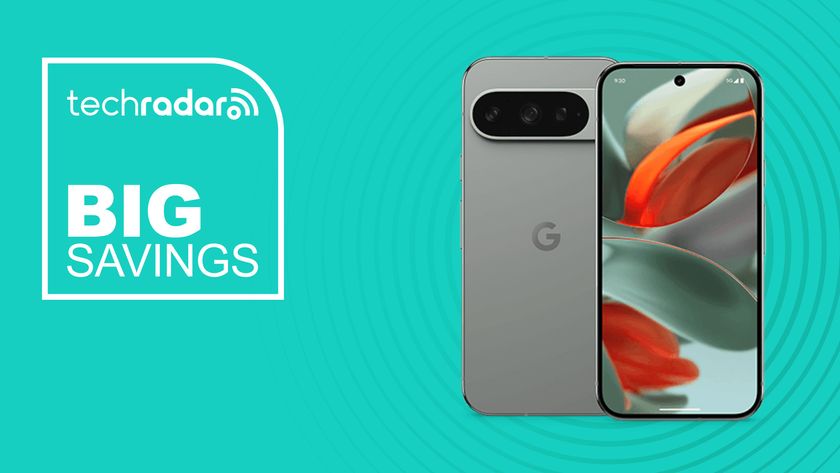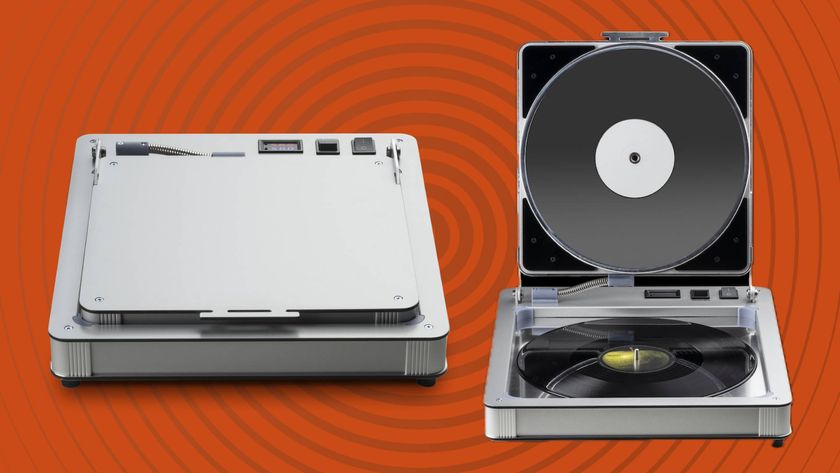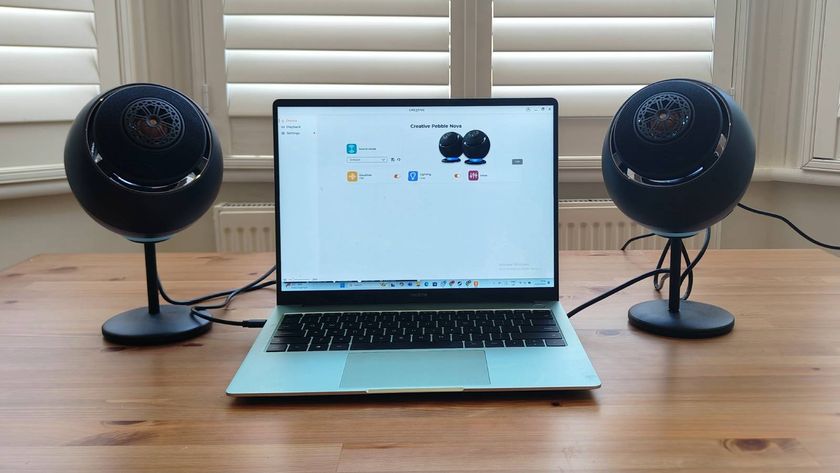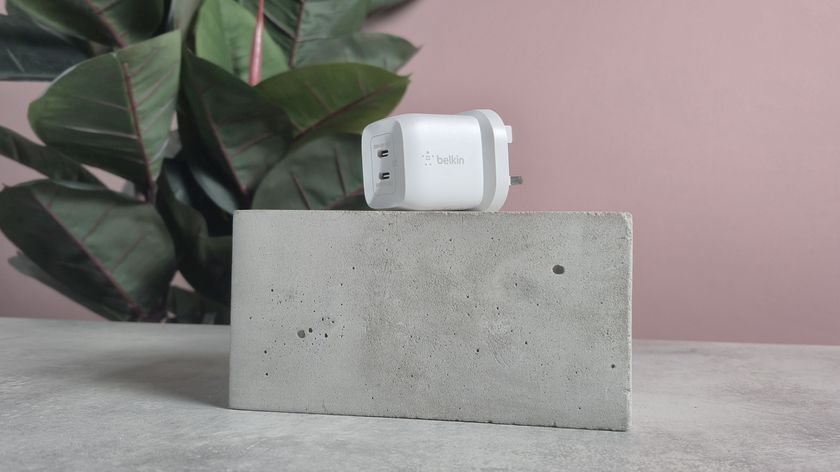Why you can trust TechRadar
Sony Ericsson Xperia Arc review: Verdict
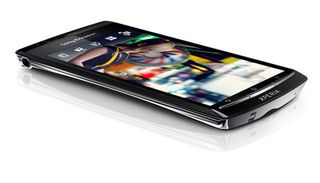
The Sony Ericsson Xperia Arc is a very impressive phone all round. The body is unbelievably thin, the screen large and responsive to the touch, the camera the best you'll get today. It's a phone that stands out from the usual black slabs, with Sony Ericsson's take on Android 2.3 offering a more visually impressive experience than that of the similar Nexus S.
We liked
The high-resolution display makes icons and web text appear sharp and readable. The Xperia Arc is up there alongside the Samsung Galaxy S in terms of class-leading clarity of text and icons. It's good under sunlight, too.
Sony Ericsson's user interface customisations are mostly for the better. You get animated icons, an editable dock area and some neat little usability tools in the folder management side of things.
The camera is excellent. Sony Ericsson's Exmor R sensor produces some fine shots in good light, backed up by a decent flash for low light situations – and there's autofocus while recording movie clips, too. The Bravia Engine feature makes little discernable difference when activated, but what's here is impressive enough already.
We disliked
The large screen and thin bezel means the three buttons are very close to the bottom edge, making it feel a little top heavy in the hand. Also, the thin case requires thin buttons – you'll find yourself searching for the power and volume buttons every time, rather than intuitively getting them.
There's the odd glitch in action, but these glitches are mostly caused by Sony Ericsson's overly complex widgets – ditch the rather ugly Timescape widget it runs much more smoothly.
There's no front-facing camera on the Arc. This isn't much of an issue as there's not much use for one at the moment on Android, but it means other phones with the feature, such as HTC's very nice Desire S, score additional brownie points.
Verdict
If you think 4.2 inches is too big for a mobile phone, the Arc will change your mind. The case is only a few millimetres larger than the HTC Desire, meaning you get all the benefits of having a huge display in a phone that doesn't feel unusually large.
Sony Ericsson's BRAVIA Engine feature is a mere novelty to pad out the spec sheet, but once you've held such a thin phone and seen it display apps and web sites on its enormous screen, anything smaller seems needlessly restrictive.
While the rival Nexus S offers a purer Android experience, Sony Ericsson's user interface tweaks offer a more stylish, user-friendly approach.
The hardware is also extremely impressive, both in terms of looks and performance. Forget the fashionable dual-core phones – when done right, a single-core 1GHz processor can do it all, although busy, dynamic web sites will cause the phone to chug a little.
As it is, we're prepared to overlook the Xperia Arc's few minor flaws thanks to its stunning good looks, superb screen and very decent photo performance. You can't help but love it once you've held its magically thin body and gazed adoringly into its dazzling Reality Display.
Current page: Sony Ericsson Xperia Arc: Verdict
Prev Page Sony Ericsson Xperia Arc: Official photography